In 1962, the future was predicted with such memorable designs as the Space Needle. However, even typewriters got a futuristic look, from the IBM Selectric to the Royal Signet. The Signet was introduced in 1962, and looked like a shorter version of the Royal Futura. It was offered in two-tone blue-and-gray.
![]()
Above: Royal Signet, 1962.
Mechanically, the Royal Signet was a Royalite, with a two-color ribbon. In 1964, another model was added with the Signet's styling--the Parade. The main difference was the addition of a tabulator, which was set using a lever on the left-hand side. It also offered Touch Control, which the Signet did not.
It was offered in several two-tone paint schemes, including gray-and-gray:
![]()
and Green-and-gray
![]()
I have an earlier Signet, which is blue-and-gray. An interesting thing to note is that earlier Signets do not say "Made in Holland" under the name Signet. The only mention that my Signet was made in Holland is the plate on the back, which the Signet above lacks.
A two-tone beige model, called the Crescent, was also offered.
Below is an ad from the
Seattle Times, from September 16, 1962, page 22:
![Image of document.]() |
From a full-page ad for MacDougall-Southwick. MacDougall's was located behind the Bon Marche garage, at Second and Pike
![MacDougall and Southwick Co. store, ca. 1916]() |
MacDougall's is seen above, as it looked in 1916. The San Francisco Store had been renamed MacDougall's by 1916. It was the first store in Seattle to be lit electrically, instead of gas-lighting. It was also the first (in 1907) store to have a passenger elevator, which served its five floors.
Below is a photo of the building following a 1950 remodel:
![]()
![]()
The bottom photo is from the Seattle Municipal Archives, and shows pedestrians walking past MacDougall's on March 31, 1961. The materials used in the 1950 remodel are apparent. They may look dated and cheap currently (2012), but were new, and innovative in 1950. The use of tile to cover existing masonry was frequently used in the middle of the 20th Century. It was used less in Seattle than other parts of the country. Also, during the restoration of Pioneer Square (circa 1975), and other downtown buildings, later tile coverings were automatically removed. However the MacDougall's building was never restored. The store closed in 1964, and was replaced with a parking lot in 1971. The building to the left of MacDougall's, in the bottom photo still stands (it is the Kress Building, and is now home to an IGA.) It was finished in 1924. The other buildings on this block of Second Avenue have been replaced with a parking garage, which looks like it is from the 1970s.
Strangely, MacDougall's was the only store to advertise the Signet when it was new. (The Bon Marche advertised used Signets in the
Seattle Times, May 30, 1963, "priced to clear at $39.95" This leads me to believe that my Signet was probably sold at MacDougalls.
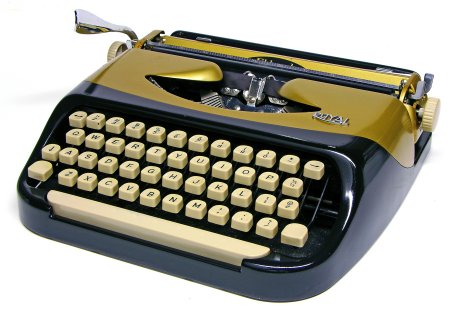
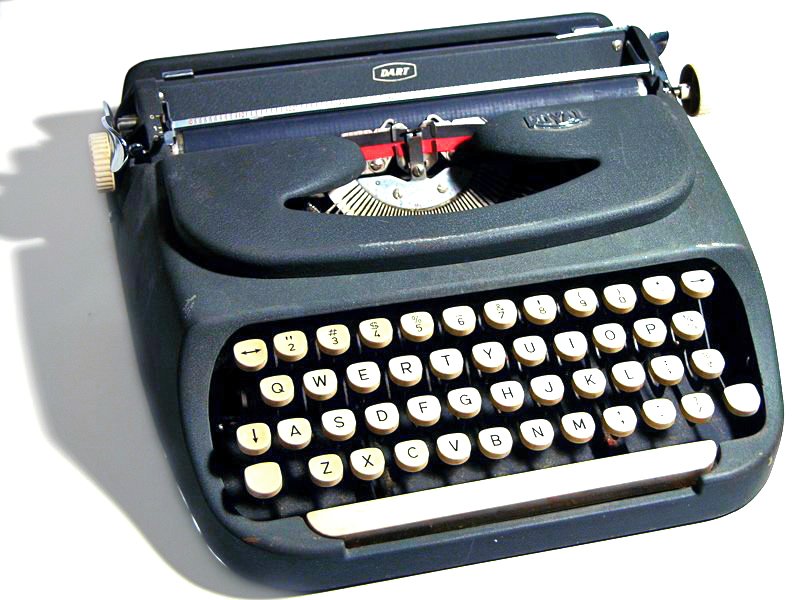


![[Royal Portable]](http://www.mrmartinweb.com/images/type/royalportable.jpg)
![[Royal Portable]](http://www.mrmartinweb.com/images/type/royalportable2.jpg)
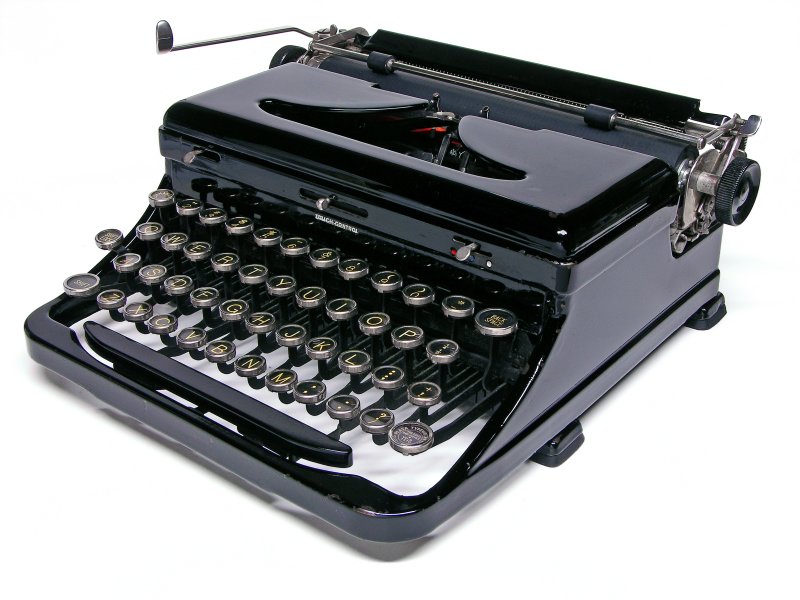

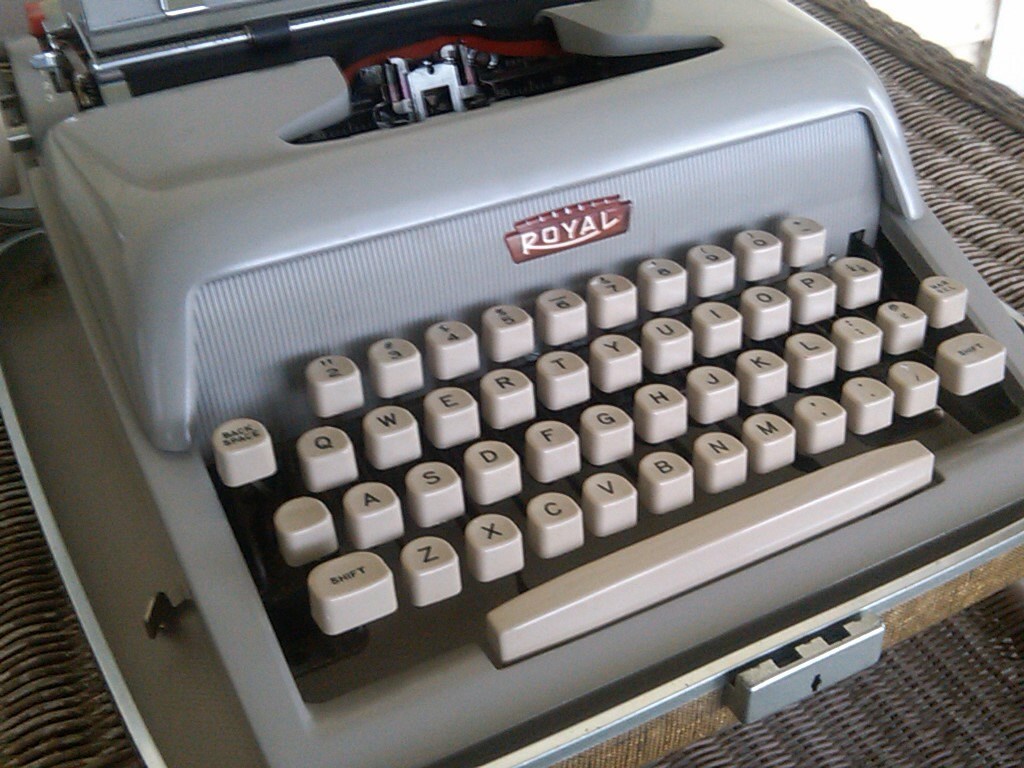
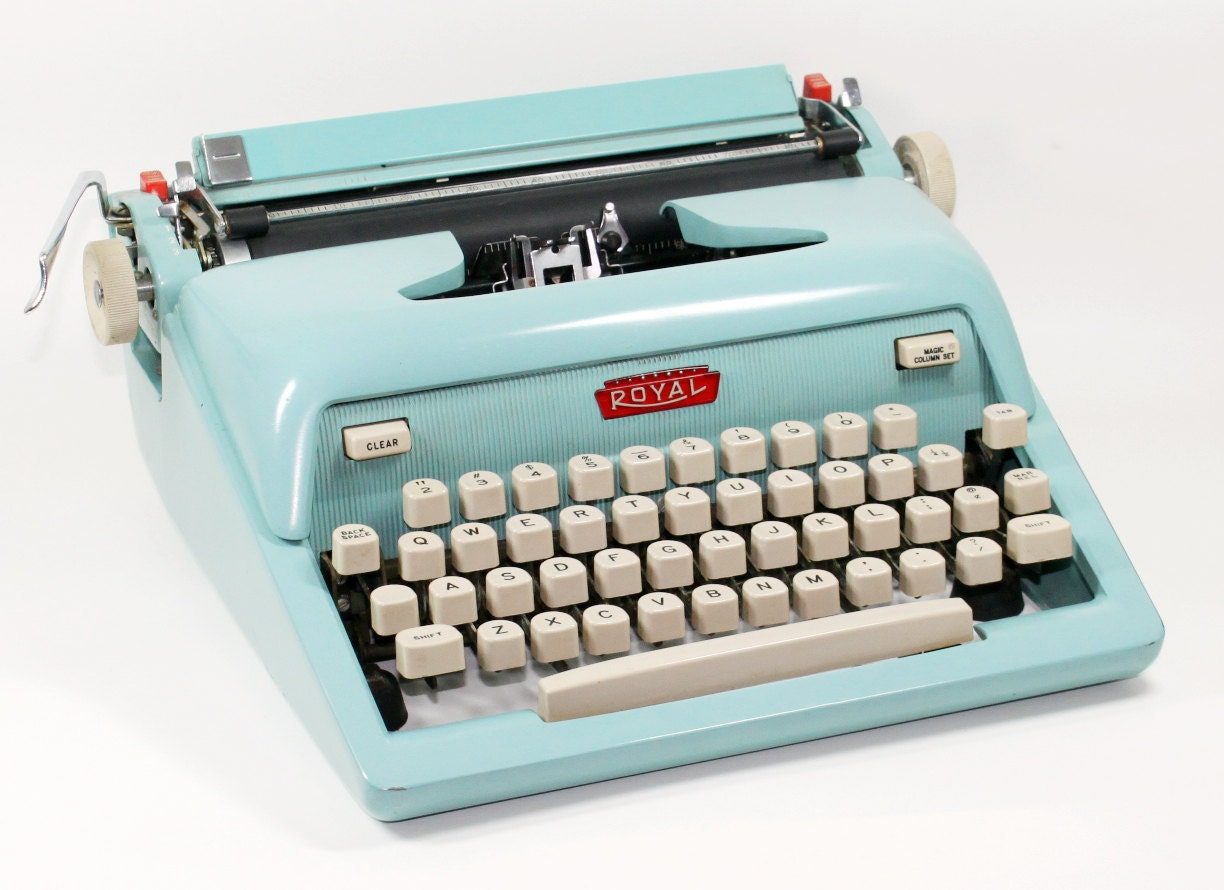
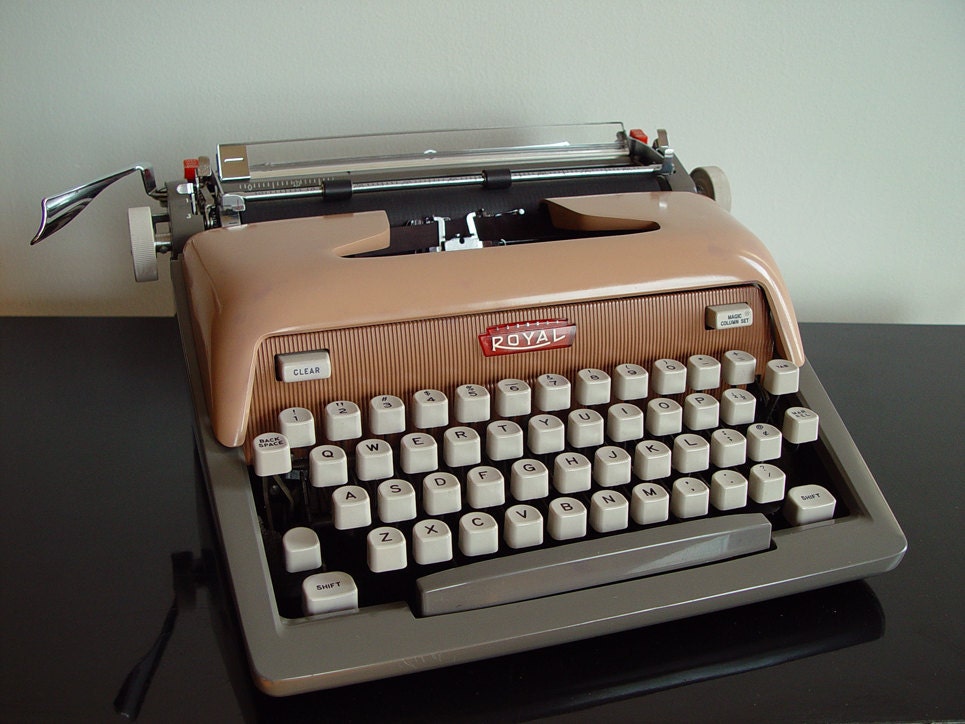






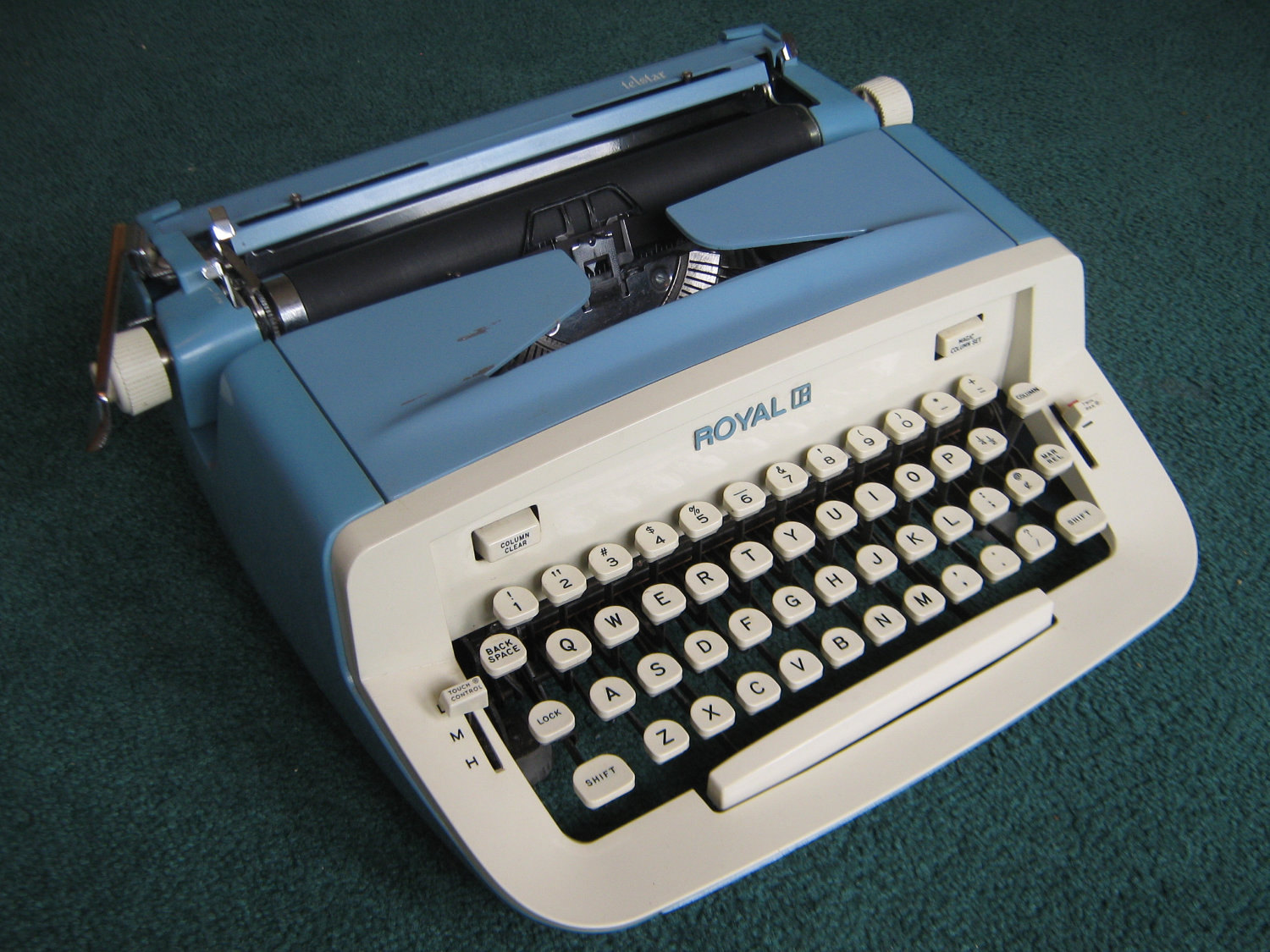

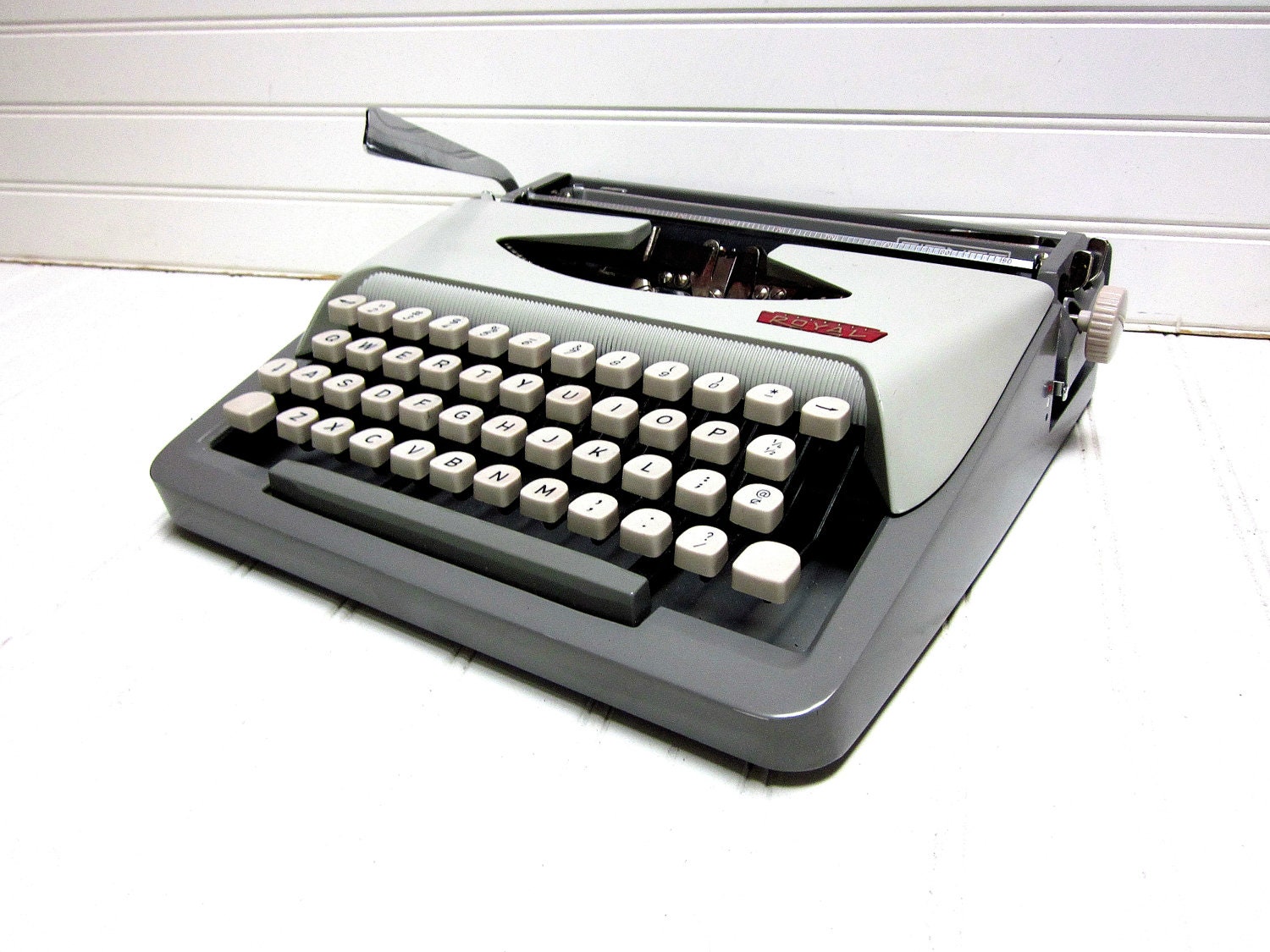







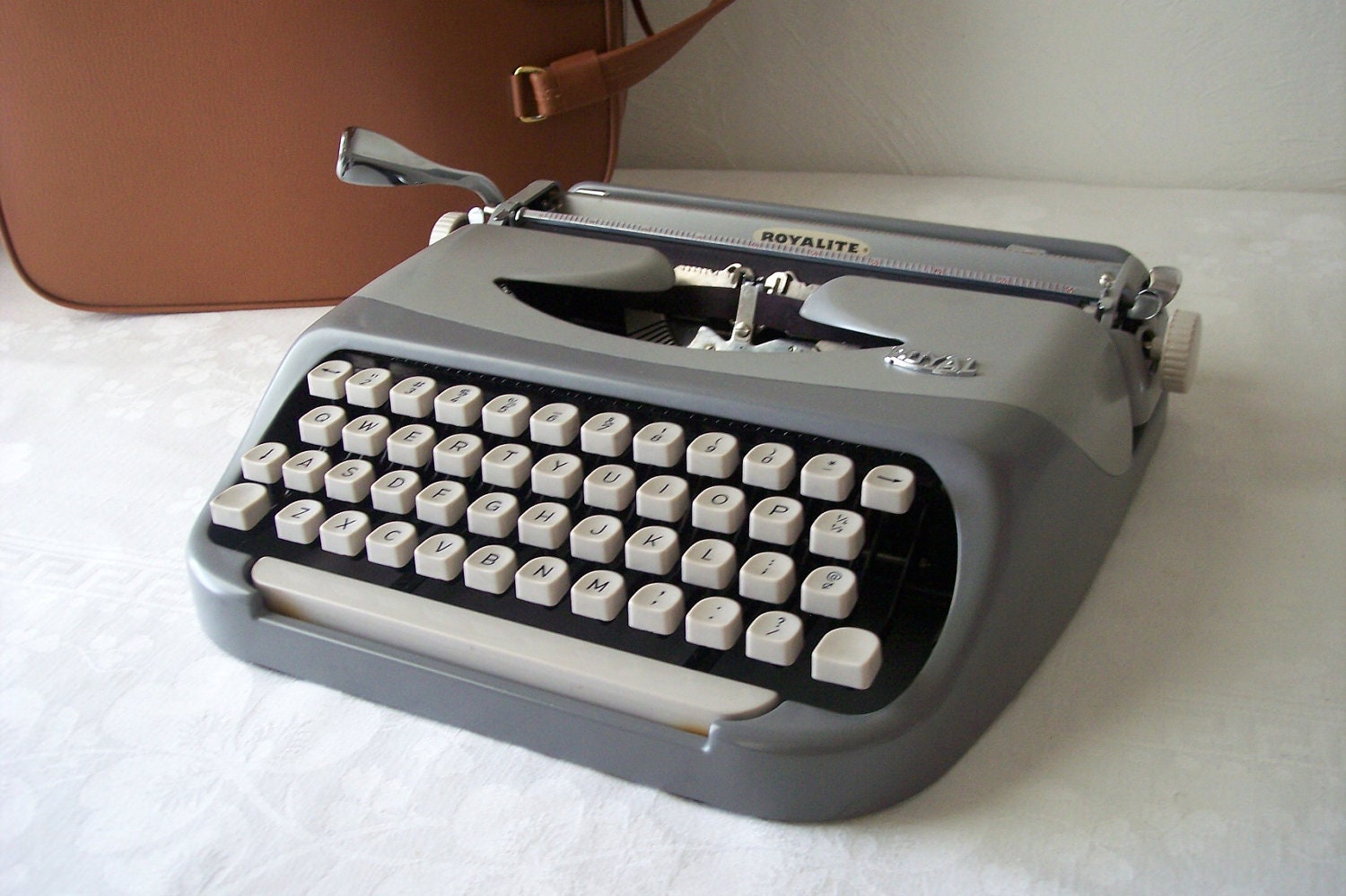


.jpg)








